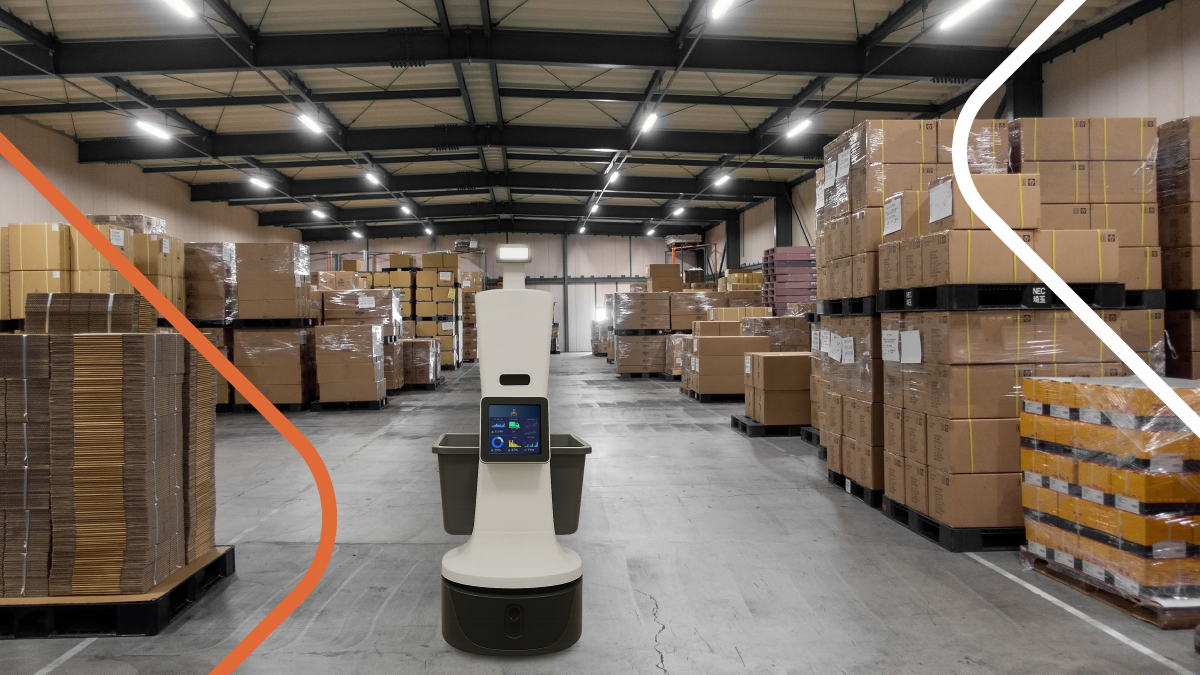
Nailing down a coverage strategy is essential to field service.
Being able to supply your clients with the technical expertise and labor they need is a fundamental concern for your business. Ideally, your coverage strategy will enable your organization to meet demand while simultaneously attending to labor considerations.
This is easier said than done, but it is necessary. Now more than ever, as a labor shortage complicates the task of finding skilled workers, it is crucial to have a strong, resilient plan for sourcing labor.
This piece is for anyone looking to maximize the quality, consistency, and geographical reach of their field service coverage. To accomplish this, we recommend allowing the geographical, technical, and time-sensitive details of each job to determine how you source the necessary labor.
In this guide, we will:
- Go over steps for determining the best way to maximize coverage based on the “when, where, and what” of variable demand
- Go over options for sourcing field service talent
- Provide a framework for a coverage strategy that lets the work determine the worker
Determining how to meet coverage needs
When it comes to who you should source, you’ve got options: full-time employees, subcontractors, and on-demand technicians all bring unique advantages to the table.
But before asking yourself who you should source, make sure you have some clarity on the when, where and what of the job at hand. That way, your coverage needs and your labor channels are aligned based on key criteria.
In other words, this is how you let the work determine the worker.
Where: The right tech in the right place
Because they wouldn’t have to travel long distances (or incur unwanted travel costs), full-time staff are usually the best fit for jobs located within 30 miles of your service hub. If a job is located within this service radius but requires a minimal amount of oversight, a subcontractor could also be a good fit.
On the other hand, when work needs to be completed and it lies outside of your company’s service radius, on-demand labor is probably your best bet. Sourcing on-demand talent makes it possible to tap technicians who are located closer to the job site, thereby boosting coverage without taking a hit on travel expenses.
For similar reasons, on-demand labor is also a great fit for coverage in whitespace areas, i.e. sites over an hour away from a major metropolitan area. Sourcing on-demand talent for jobs in remote locations allows you to keep your full-time employees available for local business.
What: The right tech for the right job
Some jobs require a higher level of visibility from key company stakeholders. For example, these higher value jobs could include work from a key client or work that requires a highly specialized skill set. These jobs are best left in the hands of full-time employees who understand and have a direct, sustained connection to your business.
You can also think about this in terms of efficiency. If your full-time staff is spending the majority of their time on simple work, that can contribute to a backlog of more complex, potentially higher-value work. Ideally, the latter type of “smart hands” work is best left to full-time employees, while the simpler work is a good fit for on-demand assist techs.
In other cases – when, for example, a job requires a low to moderate degree of skill – an alternative to full-time labor can help you cover your coverage bases.
As mentioned in the previous section, subcontractors are a good fit for lower-value work located within your service area. For work that is lower-value and far away, on-demand labor is an ideal fit.
Due to the versatility built into the on-demand workforce, on-demand labor is also a great fit for break/fix, maintenance, project work, and national rollouts.
When: The right tech at the right time
Full-time employees are directly connected to your day-to-day business, which makes them a great fit for core jobs that take place during traditional business hours. But the demand for field service runs 24/7, not 9-5.
For work that needs to be completed after hours (e.g. nights, overnights, weekends, or holidays), an on-demand option might be the best choice for boosting coverage. Additionally, since consistently tasking full-time employees with on-call work that falls outside traditional business hours contributes to higher rates of churn and lower employee morale, on-demand labor might be a good fit for on-call jobs as well.
If you need support when it comes to reaching SLAs, a subcontractor who owns the outcome and the SLA is most likely the best fit.
Sourcing technicians
There are a number of resources available to connect you with on-site service talent.
Job posting sites like CareerBuilder and FlexJobs attract millions of searches every month from a diverse set of job seekers. Staffing firms can also help quickly match your company with quality talent by prescreening and qualifying candidates. Of course, this all comes at a relatively high cost: typical staffing firm fees can run around 20-30% of each employee’s annual salary.
In contrast, on-site talent platforms like Field Nation can connect you with talent through vetting processes that don’t involve dramatic cost. With talent platforms, you can filter potential technicians by quality score, experience, location, skillset, ratings, certifications, and even recent background checks and drug tests.
What’s more, the automation features allow you to further streamline the talent sourcing process. This way, service leaders can avoid coverage gaps without losing precious time to the task of individually screening and approving technicians.
The needs of companies that trade in on-site labor are unique. Whether they are full-time employees, subcontractors, or on-demand workers, the technicians working on-site reflect your company’s values and expertise. The specific needs of each job – whether it’s located near or far away, whether it involves installing or troubleshooting, whether it requires a specific skillset, etc. – must determine the approach to maximizing coverage.
Conclusion
The current labor shortage has many wringing their hands about sourcing skilled workers – and for understandable reasons. But it’s important that service leaders also see this moment as an opportunity for developing a stronger and more resilient coverage strategy. By building out a hybrid workforce of full-time, on-demand, and subcontracted workers, field service organizations can come out of this positioned for growth.






